(Extraction from the book: Programmed To Kill: The Politics of Serial Murder by author David McGowan)
Robin Gecht was born on November 30, 1953 at, appropriately enough, the Illinois Masonic Hospital. His parents never married and young Robin was raised primarily by his grandparents. At a fairly young age, Gecht was sent to a school for troubled youth. He was later sent by a judge to a live-in facility that likewise catered to delinquent youth. Still later, as a young teen, Robin formed a close relationship with a man named Thomas Farley, a known pedophile who lived in the same building as the Gecht family. During his teen years, Gecht was accused of molesting his own sister. Around that same time, he began living with Farley, an arrangement that apparently was of no great concern to Gecht’s parents or grandparents. At one point, Robin even took to the road with Farley, journeying to the state of Florida for reasons unknown.
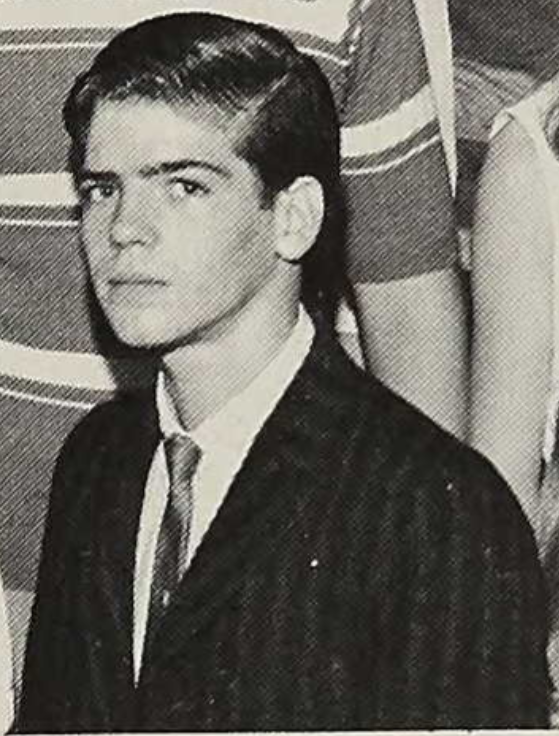

Robin Gecht married a woman named Rosemary McCaffrey and fathered three children by her. Rosemary has been described by Gecht chronicler Jaye Slade Fletcher as “bizarre looking, with long black hair, Cleopatra eye makeup, long red fingernails, and a hard-eyed stare.” At the urging of Robin, who enjoyed reading books on the torture practices of ancient cultures, she reportedly kept hatpins stuck through her breast. Like Rosemary, her brother Thomas was also thin and chalk-white with jet-black hair. He was later implicated by Robin Gecht in the Ripper murders. Thomas, who denied any involvement in the killings, claimed that one of the accomplices who was later convicted of complicity was a lover of Robin’s, and that another accomplice was a former lover.
In addition to his boyfriends, Robin also reportedly maintained a large stable of girlfriends. Like others profiled in this book, Gecht reportedly had a steady stream of teenage boys and girls coming and going from his house, some of whom stayed there for varying periods of time. One of them, a fifteen-year-old girl, accused Robin of raping her at gunpoint, but the charges were later dropped. Robin apparently was not too picky about who, or what, he copulated with; on at least one occasion, he reportedly had sexual relations with his wife’s parents’ dog.

Gecht has been described as a master manipulator who is adept at reading others. He is also said to be an accomplished hypnotist who has an uncanny knack for getting people, especially women, to do what he wants them to do. He has also been described as a sufferer of a multiple personality disorder who speaks in various voices—including those of a small child, a teenager, and a businessman. Experts, of course, have declared this a sham.

Robin frequently visited an unidentified drugstore where he apparently was on close terms with the pharmacist. Associates of Gecht’s have said that he could get whatever he wanted there, in whatever quantities he desired; he was therefore able to keep a large and steady supply of prescription pills of various kinds on hand. All of this—the fascination with hypnotism and the control of others, the fascination with torture, the associations with pedophilia, ready access to drugs, indications of a dissociative disorder—is by now familiar terrain.
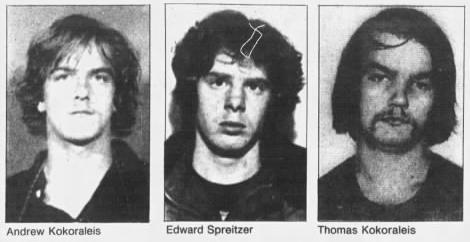
Two of Robin’s convicted accomplices were brothers Andy and Tom Kokoraleis. Along with their four siblings, the two boys had been raised by their father following the premature death of their mother. One of those siblings filed numerous complaints with a youth protection agency charging their father with sexual molestation. In one of those strange twists that are forever popping up in serial killer cases, Warren Wilkosz, who served as the lead investigator on the Ripper case, had been a friend of the Kokoraleis family for a number of years.
In April 1982, Robin Gecht suddenly disappeared for several weeks, much as Richard Chase had done several years before. Upon his return, Gecht refused to explain the reason for his sudden disappearance or to discuss where he had gone.
On May 6, just after he returned from his mysterious sojourn, an unidentified Chicago police officer responded to a call of a man with a gun. That man turned out to be Robin Gecht, who was arrested and charged with carrying a loaded weapon. Robin purportedly quickly established a rapport with the officer, despite the circumstances of their meeting. A few days later, the two met at the officer’s house and Robin, a building contractor/carpenter, just as Gacy had been, began working for the officer.

Television station WLS-TV reported Gecht had worked briefly for convicted mass murderer John Wayne Gacy - and was supposedly on the witness list used during Gacy's trial. But authorities could not confirm there was any connection between Gecht and Gacy.
Marion Spiropoulos, a neighbor of the Gechts, remembered loud music coming from his apartment and many visitors.
‘’Teen-agers were coming and going constantly,’’ she said. ‘’One girl, who was maybe 15, was staying overnight and wouldn’t go home.’’
(Source: The Dispatch Moline, Illinois 11 Nov 1982, Thu • Page 27)
Robin’s new friend on the force soon opened his home to the entire Gecht family, who essentially lived with him for a period of four months. During that time, Robin was allegedly directly complicit in a string of grisly murders. The first of these occurred just nine days after that fateful, and rather bizarre, meeting between Gecht and the officer. Lorraine Ann Borowski disappeared on May 15, 1982. Borowski shared an apartment with a man who told police investigators that she had not slept at home the night before she disappeared, even though it was quite obvious to the officers that she had. It has never been explained why the man lied to the officers, or why he was not considered a suspect after doing so.
Lorraine had told her mother the day before she vanished that a “big, giant man” in a car had been following her. That was a description that would have fit Ed Kemper, but it was certainly not a description that fit the rather diminutive Robin Gecht. The owner of a nearby liquor store had seen a struggle at the side of a gray or dull silver, older model car. A suspect was identified who had driven such a car until just after the abduction, when he claimed to have sold it. The man was said to have an explosive temper and a fondness for knives and Oriental throwing stars. He had been in-and-out of mental hospitals for a number of years, with release from his most recent confinement having come just the day before the abduction. His younger brother was already serving time for another abduction and murder.
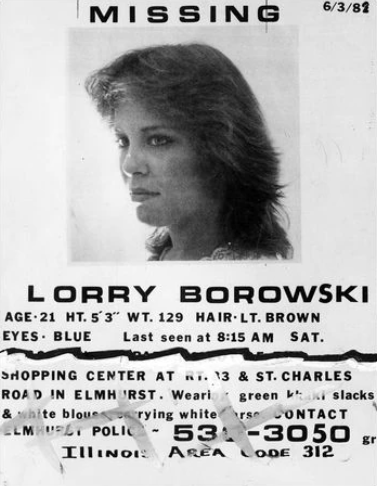

This was not the first abduction/murder that was later attributed to Robin and his crew. It would later be claimed that the killings actually began the year before, and that as many as twelve girls had fallen victim to the Rippers before Lorraine Borowski. Police though were never able to produce more than one of the purported bodies, or to identify who any of the other missing victims might be. The first of them was said to be a Chicago-area prostitute named Linda Sutton, whose nearly skeletal remains were found facedown in a field on June 1, 1981. She had last been seen on May 24 at a family function in the company of a new boyfriend. It was claimed that she had been killed just three days before her remains were discovered, on about the twenty-ninth of May. The advanced decomposition of the body, however, suggested that she had actually died just after the time she was last seen. Her whereabouts between that day and the alleged day of her death were never accounted for.
There is nothing to indicate that Linda Sutton’s murder had any connection to those that occurred a year later. And there is no evidence to suggest that any other murders were committed by the Gecht crew between June 1981 and May 1982. In other words, there is nothing to suggest that the killings began before Robin returned from his mysterious sojourn and took up residence with a member of the Chicago Police Department. Indeed, the additional murders appear to have been a fabrication intended to draw attention away from the unusual circumstances surrounding the actual time that the killings began.
On May 29, 1982, a woman named Shui Mak disappeared; her corpse surfaced shortly after that in one of Chicago’s most exclusive suburbs. The next month a prostitute named Angel York was attacked and her left breast was brutally slashed, which was to become a distinguishing feature of the Ripper killings. It would later be revealed that the severed left breasts of the victims were utilized by the cult in rituals that involved cannibalism and necrophilia. This preoccupation with the left breast of victims is, perhaps significantly, shared by other serial killers. Included on that list are Richard Chase and the Boston Strangler, one of whose victims was found with eighteen stab wounds forming a ritual pattern on her left breast.
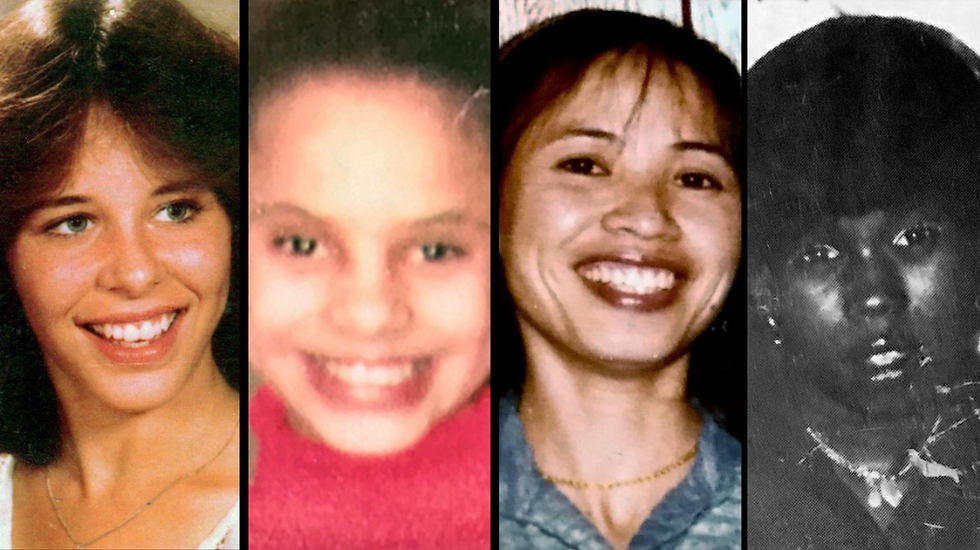
The body of prostitute Sandra Delaware was found on August 28, 1982, bearing the distinctive mutilation wounds of the Ripper Crew. Delaware had been working for a pimp identified only as “The Minister,” but had recently left his stable and had subsequently received death threats from him. Just over a week later, Rose Davis was savagely beaten, stabbed and strangled. Robert Ressler, one of the founding fathers of the ‘science’ of profiling, just happened to be in the Chicago area when Davis’ body was found, and he was promptly put to work creating a profile of her killer. Why this was necessary remains largely a mystery, since the police already had a prime suspect in the case. The suspect lived in the apartment building outside of which the crime took place, and he was seen by witnesses at the scene of the crime at the time that police estimated the girl had been killed. He was given a polygraph test that revealed that he had, at the very least, witnessed the murder. The police concluded, bizarrely enough, that the man had heard the assault in progress from inside his apartment, and had gone outside to watch. He was cleared as a suspect.
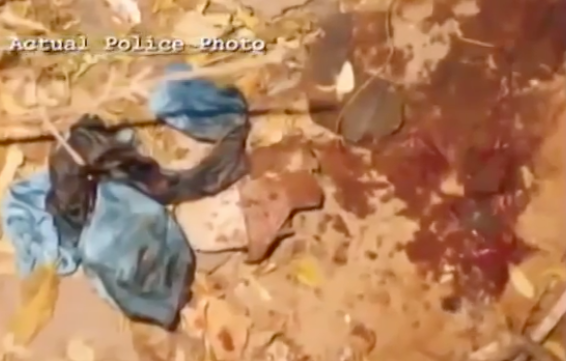

On October 5, a prostitute named Denise Gardner was found alive but bleeding profusely from severe mutilations. Her left breast had been completely removed and her right breast was nearly severed. She was rushed to Illinois Masonic Hospital where she told investigators that she had been forced to swallow some unidentified blue capsules. She also gave a detailed description of the van that was used to abduct her. The very next day, a drive-by shooting left one known drug dealer dead and one of his associates paralyzed. To investigators, it looked very much like a routine gang-related drug hit, which is no doubt exactly what it was. Nevertheless, it was credited to the Ripper Crew.



Police pulled over a van two weeks later that closely matched the description that had been given by Gardner of the vehicle that was used to abduct her. The driver of the van was a young man named Eddie Spreitzer. Eddie led the officers to his boss, Robin Gecht, who was the owner of the van. Eddie was then taken in and questioned at length. His interrogation quickly yielded the names of Gecht and the Kokoraleis brothers. Andy Kokoraleis was then taken into custody, and Eddie and Andy were held in separate interrogation rooms for an extended period of time, forced to sleep on couches and endure frequent questioning. They soon confessed to as many as eighteen murders.

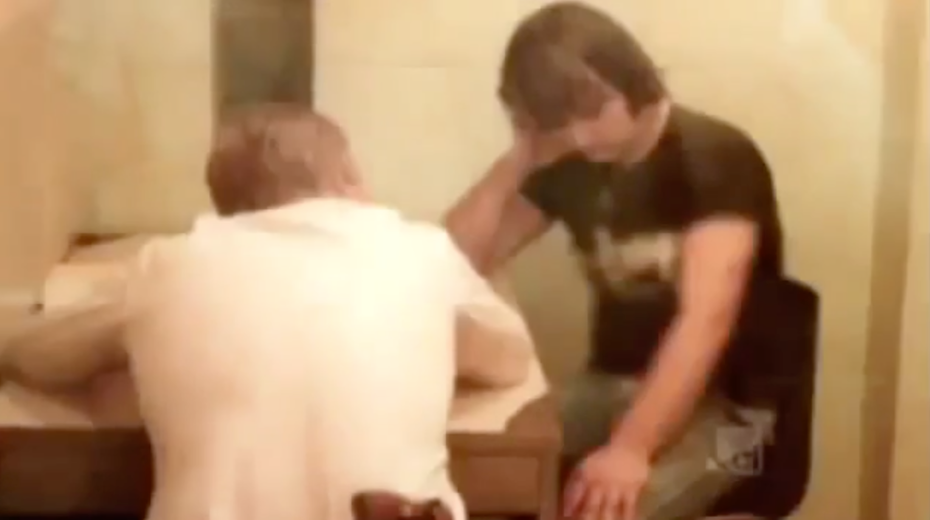
Both of the young men displayed a palpable fear of Robin Gecht, who they said had an altar set up in his attic where he performed rituals. Police later found black and red crosses painted in that attic, but the altar had apparently been removed. Gecht was arrested and formally charged with aggravated battery, deviate sexual assault, armed robbery and kidnapping—all in connection with the assault on Gardner. Eddie and Andy were indicted for murder, rape, kidnapping, armed violence, and deviate sexual assault.
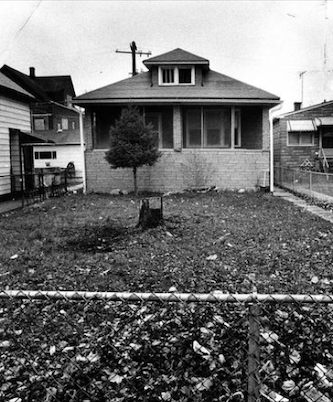




On October 25, Gecht was released from custody after posting bail. Six days later, on Halloween, another woman was rushed to the hospital for emergency treatment after having her breasts slashed. Gecht was formally charged with that attack on November 5, but the charges were later dropped on the request of an assistant state’s attorney. Eleven days later, with all of the Rippers safely in custody, the mutilated body of another young prostitute was found under a bridge in exactly the same spot where Sandra Delaware’s body had been dumped. Authorities deemed that just a bizarre coincidence.
Eddie Spreitzer and Andy Kokoraleis, both teenagers who appeared to be the least culpable of the suspects, took the majority of the fall; both ultimately received death sentences. Eddie initially pled guilty to four counts of murder and one count of attempted murder and received four life sentences plus an additional 360 years. He was then indicted on additional charges and he went to trial, resulting in a death sentence. Andy’s first trial, in February 1985, resulted in a life sentence after he was found guilty of murder. Two years later, in a second trial, he was again found guilty. On April 30, 1987—Walpurgisnacht—the presiding judge formally sentenced Andy Kokoraleis to death by execution.
The purported leader of the cult, Robin Gecht, never faced murder charges, but he was charged with various lesser crimes. His first trial ended very quickly in a mistrial. At the second, he was convicted of attempted murder, rape, deviate sexual assault, aggravated battery and armed violence; he was given a 120-year sentence. Tommy Kokoraleis was initially given a life sentence for his complicity in the crimes, but that sentence was later reversed. Facing trial again, he accepted a plea agreement that netted him a seventy year prison sentence No one else was ever charged in connection with the murders, although there was certainly no shortage of suspects, including the Chicago police officer whose home provided Gecht with his base of operations. The name of another man came up repeatedly during the investigation, and that suspect failed a polygraph examination during which he was questioned directly about being present and participating in the killings. He was released “pending further investigation.”
Some of the witnesses in the case implicated others as well, either directly or indirectly. Some said that Gecht slaughtered animals during ceremonies performed in the woods. They also spoke of his fondness for guns and of his seemingly unlimited access to drugs. Some of them also spoke of orgies that were attended by Gecht’s sister-in-law and her circle of friends. Many of the witnesses warned of a satanic “fad” sweeping through the local high school; students, they said, were wearing pentagrams and carving “666” and inverted crosses into their desks. Secret ceremonies were reportedly being held and candles and witchcraft were hot topics of whispered conversations. Teachers told of finding circles of stones and the skeletal remains of cats and dogs in the wooded area behind the school.
Such stories were largely ignored by the local media, which was uncharacteristically muted in its coverage of the case. Coincidentally or otherwise, the Ripper case was overshadowed by a much more high-profile series of deaths that were attributed to Tylenol packages that had been tampered with. The Tylenol/cyanide case, which succeeded in ratcheting up the level of fear not just in Chicago, but across the country, was never solved. The lackadaisical coverage of the case was likely due to the fact that authorities were forced to acknowledge that the Ripper Crew was indeed a satanic cult that killed as a group, much like the Manson Family. Prosecutors in fact likened Gecht’s followers to Charlie’s, who yearned to please their leader and killed on his command.










I've researched the Gecht worked for Gacy angle extensively and I've come to believe that the rumor came from a reporter to sell newspapers. Unless Gacy paid Gecht under the table there's no paperwork to confirm it.